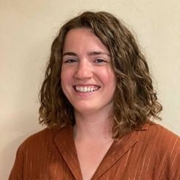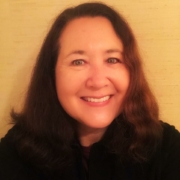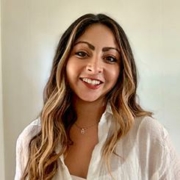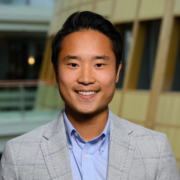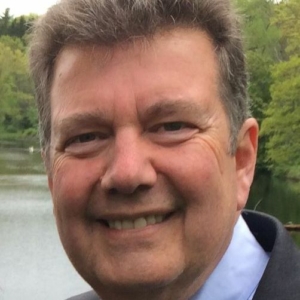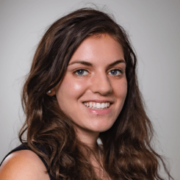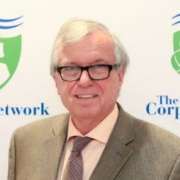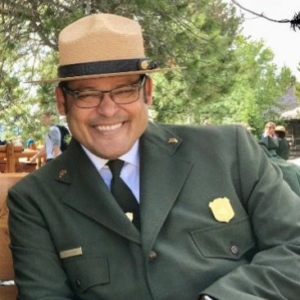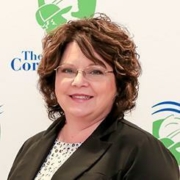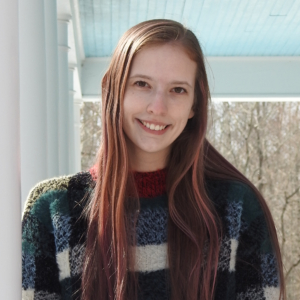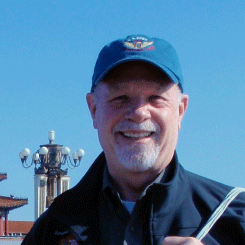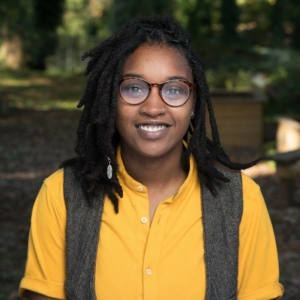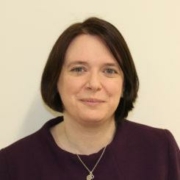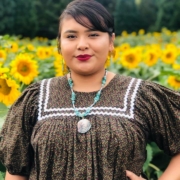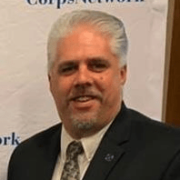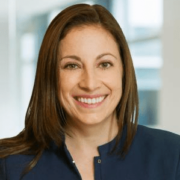NPS Week 2017 – A Project with Green City Force

Name of Corps
Green City Force
Location of project
Sagamore Hill, Long Island, NY
When did the project take place?
September 2016 (Sept. 12-23, 2016)
Describe the project. What did the crew do?
A crew of Green City Force Urban Farm Corps Members assisted National Parks Service staff in restoring “The Summer White House” located at Sagamore Hill, in Long Island, New York. The project was executed in partnership with the National Trust for Historic Preservation’s H.O.P.E. Crew (Hands On Preservation Experience). The project included educating members about the importance of conservation, correct restoration techniques and learning about Theodore Roosevelt.
How did this project partnership help the park? What issues did this project address?
Green City Force AmeriCorps Members helped preserve the historic home of 26th President of the United States Theodore Roosevelt that dates to the 1880s. Fresh paint was added to four buildings including the windmill pump house, the chicken coop, and the farming and garden sheds. We worked with Rangers Paul and Bob on restoring three structures, a garden shed, hen house and barn that was later used as a garage. We learned about preservation and the importance of preserving our history for the future, worked on painting the three structures and also built up our team bonding.

What skills did Corpsmembers use/learn on this project?
The Corps Members gained skills in historic preservation and building maintenance. Corps Members also learned about the rich history of president Theodore Roosevelt and his family.
Quote from Corps staff about the project/about the partnership with NPS
Green City Force Team Leader Andrew Lewis Quote about Sagamore Hill HOPE Crew Service.
“Week 1 of the Sagamore Hill HOPE Crew project has wrapped up. The time spent thus far has simply been amazing with a mixture of service and learning the history behind Theodore Roosevelt. The team painted 3 building so far, a garden shed which still had Roosevelt’s original tools stored inside (scythe, shovels, pitch fork, and a hay cutter), his chicken coop, and slaughter house.
Along with restoring the buildings we also visited a museum which was broken into three parts, before Roosevelt’s presidential term, during, and after. There were so many artifacts, everything from his weapon collection to his famous top hat, family memorabilia, and the many gifts he received in his lifetime. The most remarkable of which would be his family home which is still the same way it was over 100 years ago. The 3 floor home was filled with many hunting trophies (he was really into learning about animals), paintings, a vast library of books, 7 ft. Elephant tusks that were gifted to him by the emperor of Ethiopia. It was simply amazing, walking through actual history was a wonderful experience. Week 1 was great and we are looking forward to the 2nd.”
Quote from Corpsmember
(what did you learn…what did it mean to serve at a National Park…etc.)
Green City Force Urban Farm Corps AmeriCorps Member Paul Philpott Quote about Sagamore Hill HOPE Crew Service.
“Located on Sagamore Hill was the home of president Theodore Roosevelt which was also known as the Summer White House. Alongside 3 AmeriCorps Members and Team Leader Andrew we were the H.O.P.E crew (Hands-On Preservation Experience). We worked with Rangers Paul and Bob on restoring three structures, a garden shed, hen house and barn that was later used as a garage. We learned about preservation and the importance of preserving our history for the future, worked on painting the three structures and also built up our team bonding. We walked the nature trail that wraps around most of his 88 acre property, and the museum where we saw highlights of his life before, during, and after his presidency. And of course his house itself where we were able to find out some more fun facts about president Roosevelt, like he would drink about a gallon of coffee a day, his house was like a zoo with all the random animals, and was a working farm. We also learned how big he was into family fun and hard work. We also had the pleasure of sitting in on a naturalization ceremony and watch new citizens become Americans. We had a site visit from The Corp Network and from HOPE Crew to come and see the progress that we have made and things we have learned on this amazing experience. The last day a few of us got to meet some wonderful representatives from Fire Island and got to talk about some restoration projects they have. And as a final note on the last day Andrew, Chris, and myself became junior Rangers.”



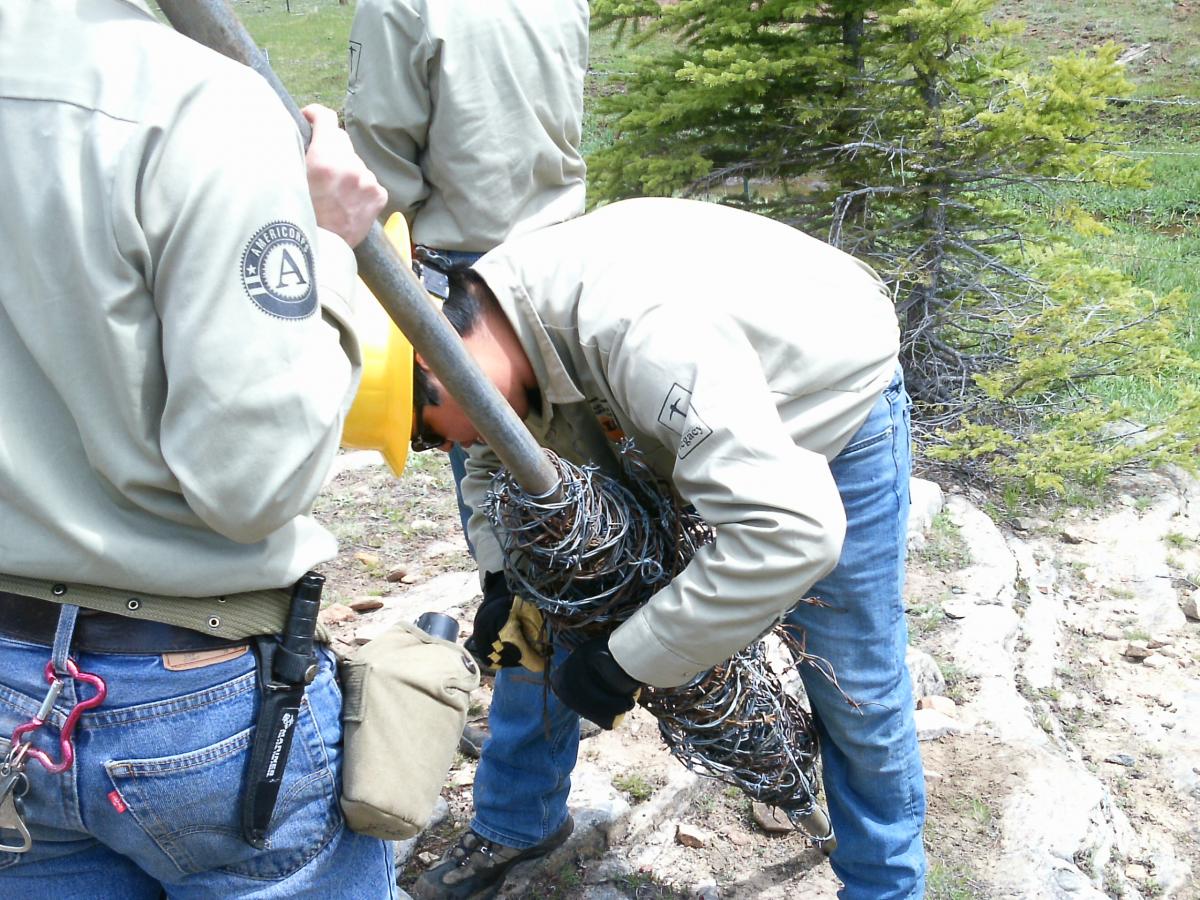
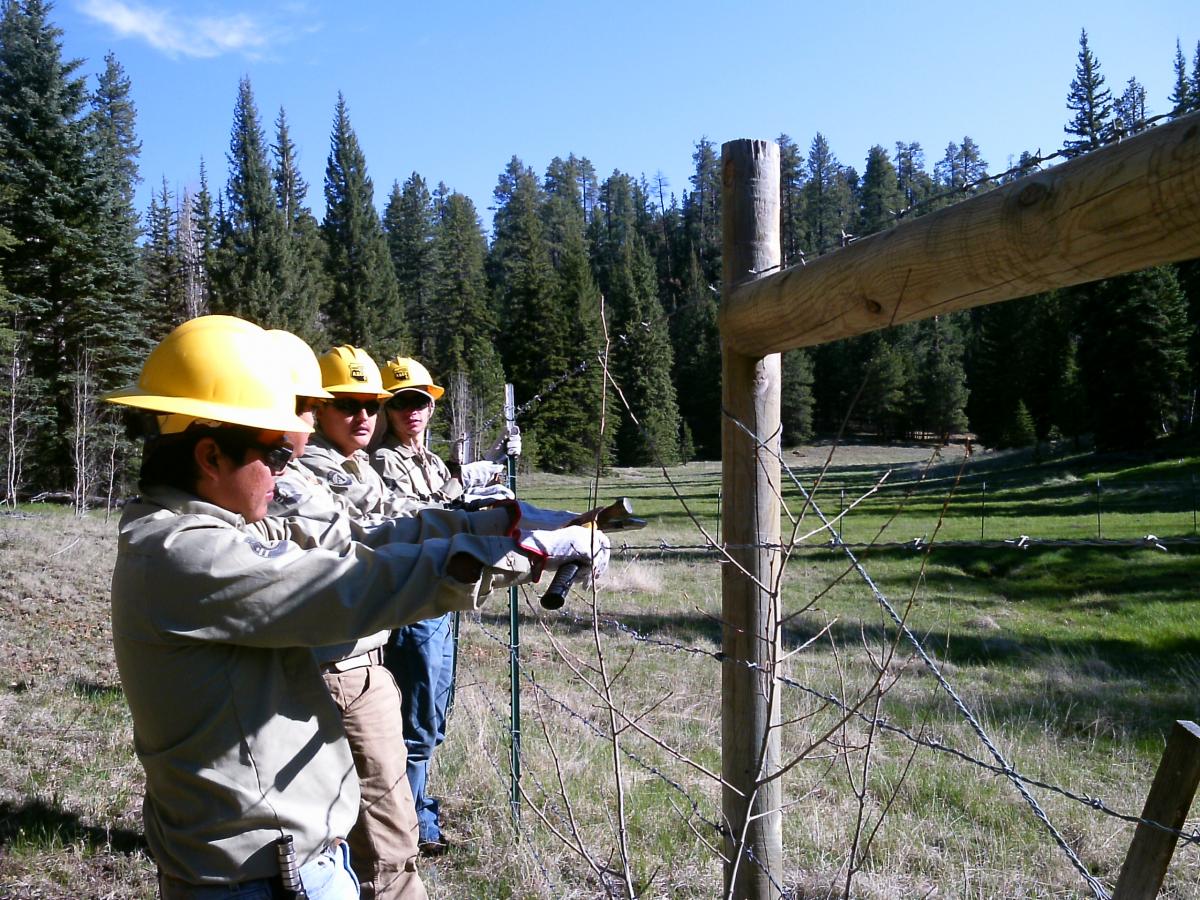
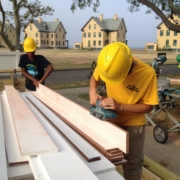



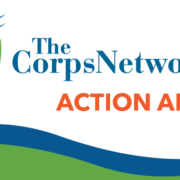










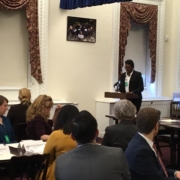




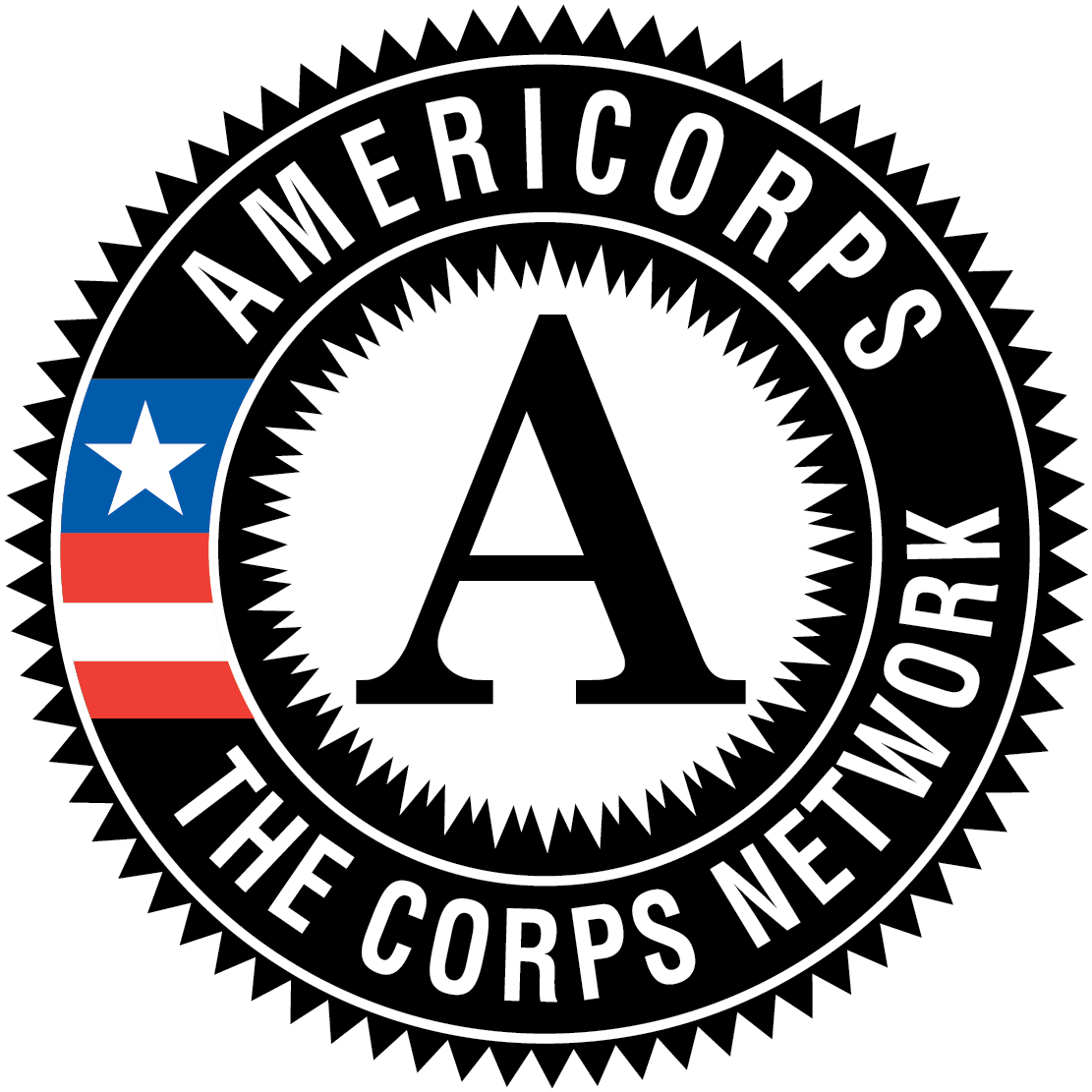 Eligibility:
Eligibility: 



